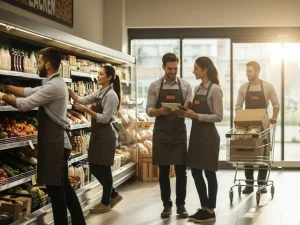Over the last two decades, technology has evolved rapidly, becoming a driving force of change in many industries – and retail is no exception.
Today, it’s integrated into our everyday routines and helps retailers stay organized, automate tedious tasks, and deliver a more tailored experience for every shopper.
Read: The Complete Guide to Retail Operations
In this blog, we’ll show you 7 practical examples of innovative uses of technology in the retail industry.
1. Personalized Product Recommendations using AI
Have you ever thought to yourself when shopping online “It knows exactly what I need”? That is AI personalization at work.
Sephora uses an advanced AI recommendation engine that blends collaborative filtering, content-based filtering, and deep learning techniques.
It analyzes customers’ preferences and recommends products accordingly.
For example, customers that searched for a foundation suited for oily skin would later be suggested a mattifying primer or oil-control setting spray tailored to the customer’s skin type and needs.
They also connected their AI tool with their loyalty program “Beauty Insider”. This way shoppers can get their skin analysis, product recommendations and suggestions for personalized bundles, exclusive offers and discounts.
These smart recommendations aren’t just convenient for customers, they also led to a 25% increase in average order value and a 17% rise in repeat customers. It also increased their cross-sale and customer satisfaction among users that interacted with the AI system.
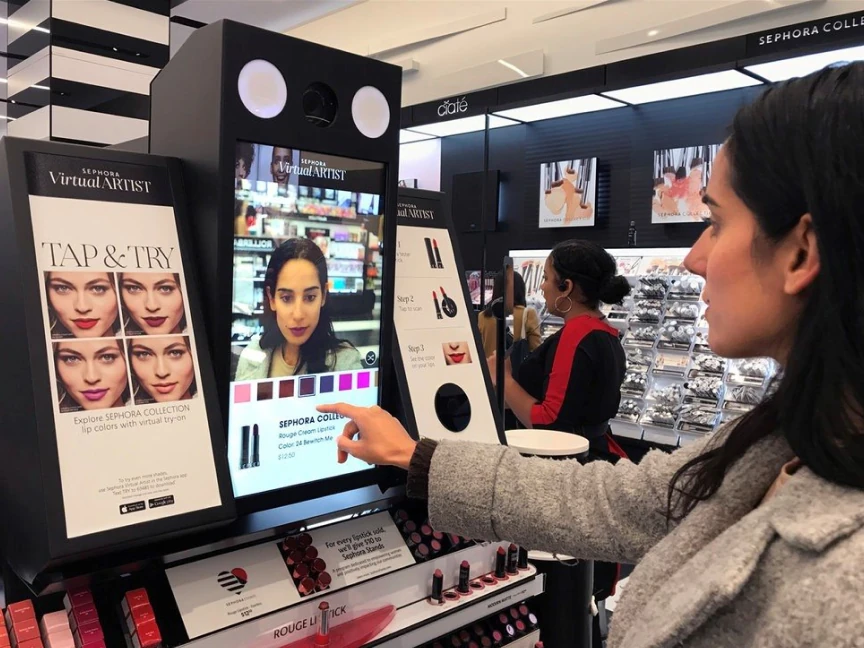
Image source: Digital Initiative – Sephora and Artificial Intelligence
2. Virtual Reality as Form of Entertainment
Audi isn’t just selling cars – they’re creating experiences. As the first car brand to bring virtual reality entertainment into their models, Audi’s holoride system turns a simple drive into an adventure. At CES 2023, visitors could’ve experienced how virtual content could sync with the actual movement of the car in the back seat of an Audi e-tron.
If the vehicle takes a right turn, the spaceship also flies to the right!
Cool, right?
The best part is that synchronized motion helps knock down motion sickness for passengers playing games on the go.
This goes beyond simple car configuration. It brings action, entertainment and brand awareness into the first plan.
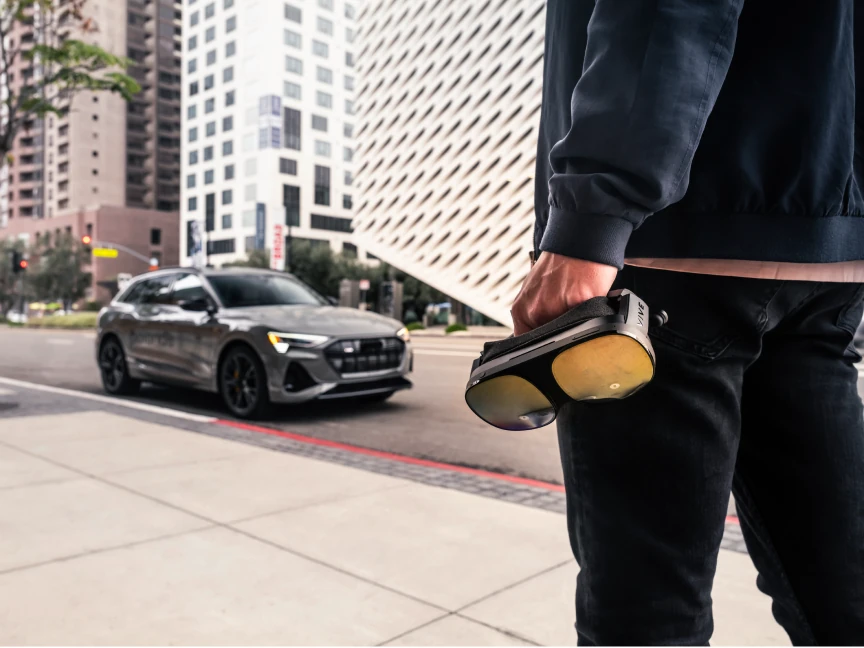
Image source: AUDI AG – VR experience platform
3. Augmented Reality: Transforming Shopping with Virtual Home Visualization
IKEA is a great example of a company that successfully implemented augmented reality into their business model. They have developed an app that enables users to see furniture portrayed in their home before committing to a purchase. The app uses advanced AR and computer vision algorithms to “place” 3D models of sofas, tables, beds, shelving units and other furniture within the user’s home, viewed through the camera.
Shoppers can walk around, view products from different angles, and see how items fit with their existing decor, lighting, and color schemes.What sets it apart is that it automatically scales products based on room dimensions with 98% accuracy.
It also has the ability to scan rooms and virtually design spaces with IKEA products – continuing the mission of IKEA Place to help people confidently shop and decorate their homes.
By implementing this feature in their app IKEA has greatly reduced pricey product returns, shopping indecision and purchasing friction.

Image source: IKEA Place app
4. Digital Audits and Checklists: The Key to Consistent Retail Performance
A leading Croatian men’s fashion retailer Galileo achieved significant operational improvements using Bitreport, a mobile-first platform designed for operational excellence.

Before implementation Galileo, like many other retailers, heavily relied on individual checklists and manual auditing procedures that needed structure and standardization. This often meant that each team had its own way of working, leading to misunderstandings, missed tasks and lost information buried in endless emails. Quality remained, but it required many follow-ups and reminders to sustain it across multiple locations.
Using Bitreport Galileo created standardized audits with integrated corrective measures, introduced daily workflows that maintained consistency across locations and centralized majority of communication. Overall, the platform helped streamline their store operations by centralizing task tracking and automating reminders, resulting in faster, more consistent audits and improved overall quality control.
And the results spoke for themselves. In a short time Galileo reached 96% quality compliance and reduced missed tasks by 50%.
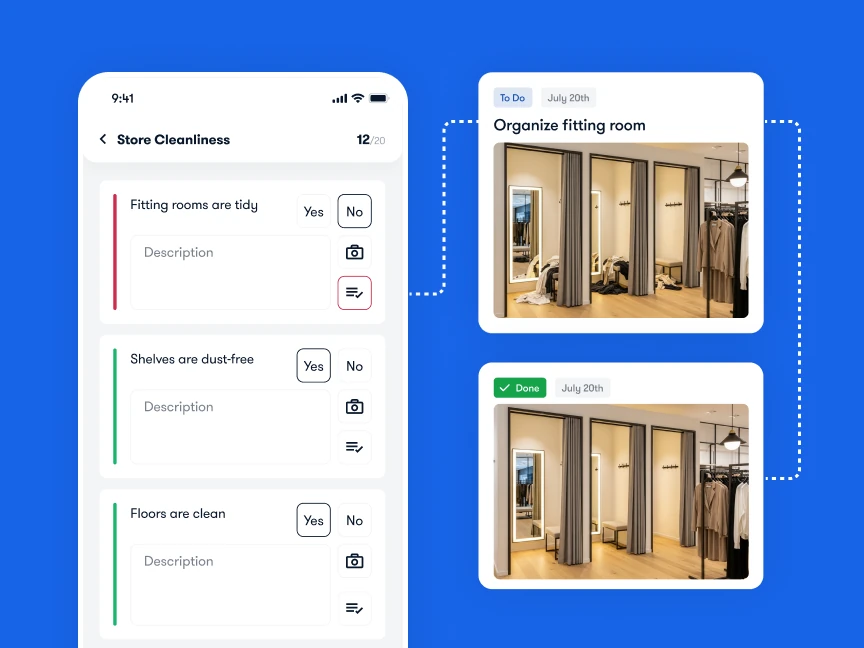
5. Forget Bar Codes with Advanced Self Checkouts
Another interesting example of technology in the retail industry is self checkouts. They have become a regular occurrence in the last few years – yet there are still a lot of problems and difficulties when it comes to using them. Survey shows that 67% of shoppers still have encounter issues while using self checkout.
Uniqlo seems to have found the solution with their advanced self checkouts that don’t require you to find and scan the bar code. At Uniqlo’s self-checkout, you just place the clothing into the self-checkout bin and,without additional scanning and hustle, all of your items are automatically scanned.
This is achieved using RFID (Radio-Frequency Identification) tags that make it easy for checkout to recognize the product instantly.
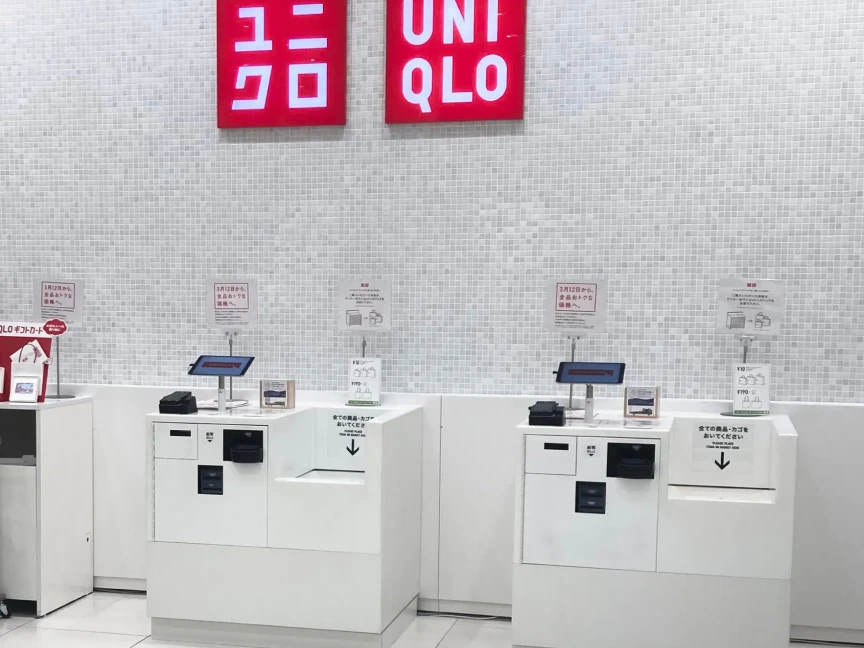
Image source: The Robin Report – Uniqlo RFID Technology
6. Smart Shelving Solution: Innovative Technology in Retail
Kroger decided to get rid of printed price tags and paper promo materials. So they introduced smart shelves relying on Microsoft Azure Cloud. Azure allows the system to use dynamic pricing – that is, commodities such as seasonal produce can be priced closer to real-market values or highlighted for flash deals, while special promotions can also be easily created and launched.
It allowed Kroger to change prices in a matter of minutes, sleek and painless.
Results didn’t disappoint. Kroger stated they saw a boost in sales as well as positive customer response.
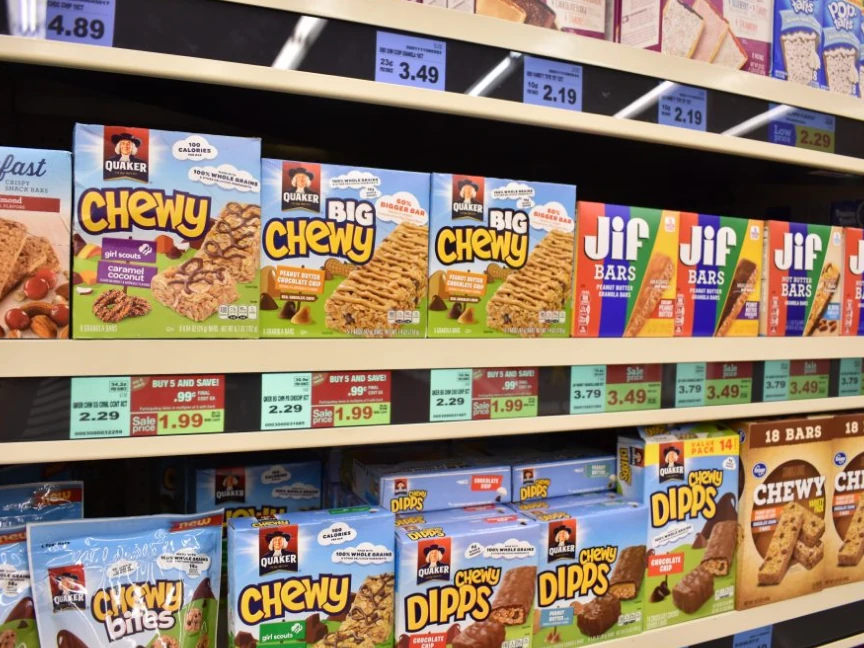
Image source: Microsoft – Kroger Smart Shelves
7. RFID for Real-Time Inventory and Loss Prevention
Decathlon is a good example of a retailer leveraging RFID technology to efficiently manage their inventory. By using this technology they can better trace their inventory, prevent loss and maintain high inventory accuracy.
The process is simple. They tag over 85% of their own-brand merchandise right at the manufacturing plants with RFID labels, all containing unique IDs. After tagging, items can be tracked in real-time, from factory floors all the way to retail stores worldwide. This also allows them to do inventory counts more frequently – sometimes as often as every 1 to 4 weeks, compared to usual twice a year using barcodes.
By using RFID technology Decathlon is preventing inventory loss and improving security. Their use of RFID-enabled Electronic Article Surveillance (EAS) gates at store exits allows detection of unpaid items. This system helps identify and address theft patterns more effectively, leading to improved security and decreased shrinkage.
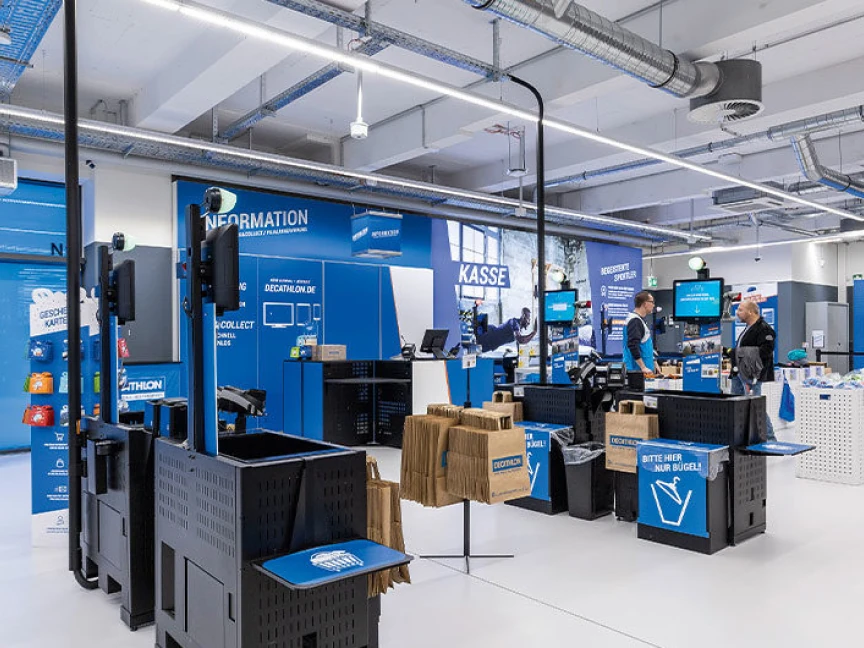
Image source: Stores + Shops – Decathlon RFID Technology
Final Thoughts – Focus on the Solution
As we’ve seen, technology in the retail industry comes in many forms – from cutting-edge innovations to straightforward, user-friendly tools. What’s important to remember is that the goal isn’t to adopt technology just for the sake of having the latest gadgets or systems.
It’s about solving real, day-to-day challenges that retailers face, and making everyday tasks simpler and more efficient. In short it’s about making daily routines easy so that you can focus on what really matters – customers.


